Honey Bees: Everything You Should Know
Do you ever get the heebie-jeebies whenever you hear buzzing in your ear and have the urge to swat at the tiny foreign invader that’s entered your airspace? Or does your instinct look more like duck and cover, or jumping out of your vehicle when a bee flies through the window? Here is an article on honey bees: everything you should know.
Related: Honey Everything You Should Know
Honey Bees: Everything You Should Know
When it comes to honeybees, it’s important that you resist the urge to reach for your flyswatter because of the many benefits that honeybees bring us. That’s right! Honeybees are an essential part of our nation’s agriculture and our very ecosystems. Without them, life would not go as smoothly for you and me.
Yet something mysterious is taking place within the honeybee colonies. The honeybee is disappearing at an alarming rate, a phenomenon that is called colony collapse disorder. I’ll discuss more on this and everything else you need to know about the honeybee.
Interesting Facts About Honey Bees
In order to gather just 2.2 pounds of nectar to produce honey, a hive of honeybees will travel over 90,000 miles (3 orbits around the earth) to do so.
Honeybees are essential to U.S agriculture and farmers’ crops. They bring an estimated $15 billion in added crop value every year. Nearly 90% of the world’s crops are visited by honeybees at some point.
Did you know that honeybees are the only insect that produces food that we can eat?
Worker honeybees (which are all female) produce 1/12 of a teaspoon of honey in their lifetime. But an entire hive itself can produce as much as 400 pounds of honey every year. That’s because an entire beehive is home to an estimated 60,000-80,000 bees during summer and 20,000-30,000 during winter.
The honeybee has an incredibly complex brain, with over 960,000 neurons firing in one tiny cubic millimeter of space.
How Honey is Made
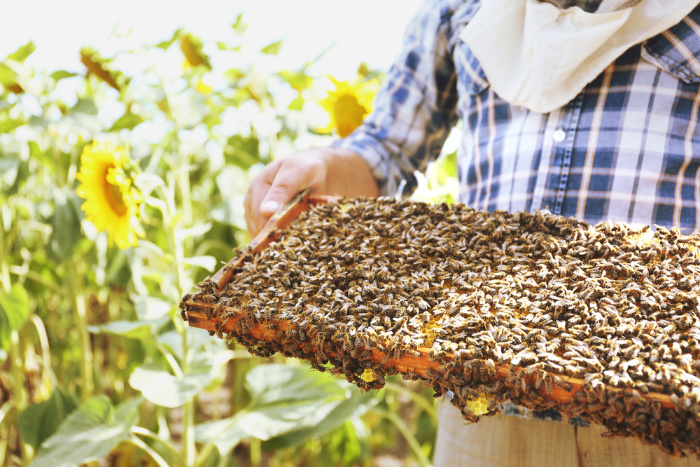
It all starts with the nectar of a plant, which the honeybee gathers by visiting between 50 to 100 flowers in a single flight. The honeybees break it down into a sugar and store it within a honeycomb by regurgitating it. (Basically, it’s bee vomit.) The honeycomb is designed in such a way that when the honeybees fan their wings, it causes the sugars to break up and evaporate.
Thus leaving us with delicious sweet tasting honey. It’s also fed to their larvae and a supplement food for adult bees. Honey is food for the honeybee to survive the winter when nectar from flowers are not available.
What Is Causing Their Disappearance?
It’s normal for bees to die off during the winter and other times of the year. Yet researchers from Maryland have discovered that between the fall of 2018 and the spring of 2019, roughly 40% of the U.S honeybee population had been wiped out. That’s the worst winter loss in several decades. So what is causing this to happen?
In all honesty, no one really knows entirely why this is taking place, but here are a number of factors that may be attributed to their disappearance.
Losing Their Habitat
Many of the honeybee’s food sources are being sprayed with pesticides by farmers, which is killing them off quickly and also causing them to behave differently. There is also not as much diversity in plants and flowers that are being planted like before. So basically, the honeybee is starving because they don’t have the diversity of pollen and nectar that they once had. A changing climate is also accredited to the honey bees’ disappearance.
Parasites
Parasites are said to be another factor of why the honeybee is disappearing. These microscopic organisms find their way onto the back of a honeybee and begin to break down the honeybees’ skin tissue by leaving behind digestive enzymes, and then begin sucking the honey right out of the honeybee.
Poor Beekeeping Practices
A lot of the honey that makes its way onto the shelf at your local grocery store has been mass-produced by beekeepers that are not following bee-friendly practices. Thousands upon thousands of bees are dying out in these colonies while the company makes a profit.
It’s time that you and I boycott this type of behavior by purchasing our supply of honey from local beekeepers at your nearest farmer’s market. There you can rest assured that their honeybees are properly being taken care of. By now you know, I love raw, unfiltered honey from Cox’ Honey located in Shelley, Idaho. Cox’s Honey In Shelley, Idaho
What are the Benefits of a Honeybee?
More than you may even realize, the honeybee provides humans with a number of benefits that we take for granted. Many scientists have stated that humans would cease to exist if the honeybee were ever to become extinct. That’s a scary thought considering how quickly they are disappearing. Here’s a look at a few of the benefits that honey bees bring us.
Honey
This one’s a no-brainer. Honeybees provide you and I with delicious honey that happens to be a natural sweetener. It’s been enjoyed since ancient Egyptian times, where the harvesting of honey is depicted in their hieroglyphics. Honey provides several health benefits because of all the antioxidants within it, which helps you fight several types of diseases.
Pollination
You may be under the presumption that pollination has nothing to do with you, but you’d be wrong. Several of our crops, cultivated food plants, and flowers depend upon honey bees to pollinate them so that they can be enjoyed by you and me. Without honeybees doing their jobs, there wouldn’t be enough to go around. Our environment would also not be the same.
Beeswax
Beeswax may even be more beneficial to us than honey. It’s been used since the middle ages to make candles. Beeswax is also used as a moisturizer on our skin and on our fabrics, such as leather. You’ll often find it being used as a lubricant and to fix cabinet drawers. Here are many other uses for beeswax that may surprise you.
What You Can Do to Help
You can do your part to help honeybees not only survive, but thrive. For starters, stop using pesticides that are disrupting our ecosystem. Planting bee-friendly flowers and plants in your garden is another effective way of bringing honey bees back.
Final Word
Lastly, (and this one’s not for everyone) you can decide to start your very own beehive. Here’s how. What do you think about honey bees: everything you need to know? Please keep prepping, we must. Real honey is the best, but you already know that! May God bless this world, Linda
Copyright Images: Honey Bee Deposit photos_40909507_s-2019, Honey Bees Honeycomb Deposit photos_124779598_s-2019

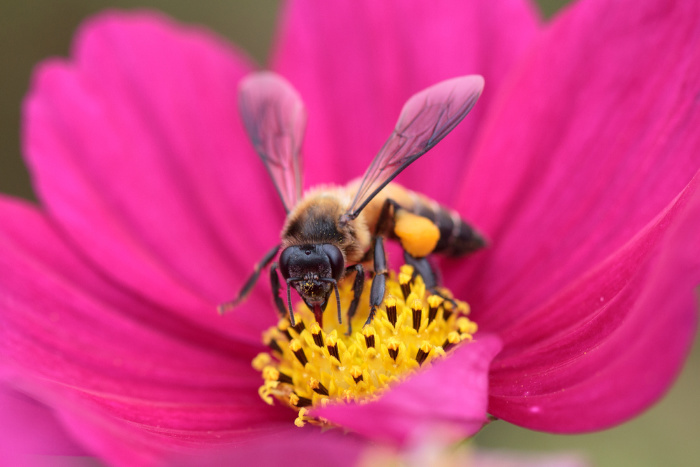

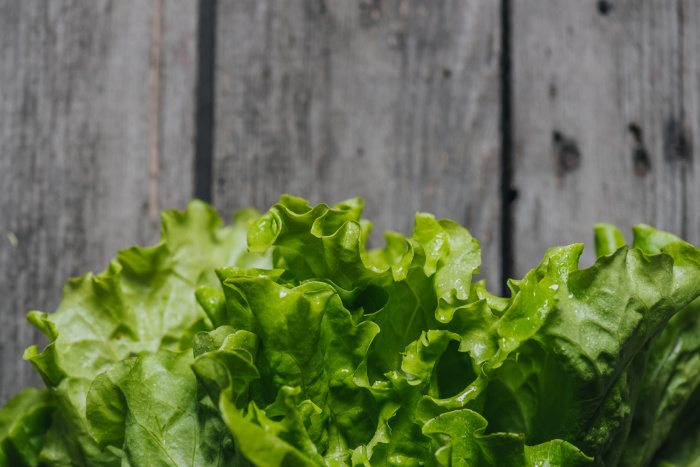

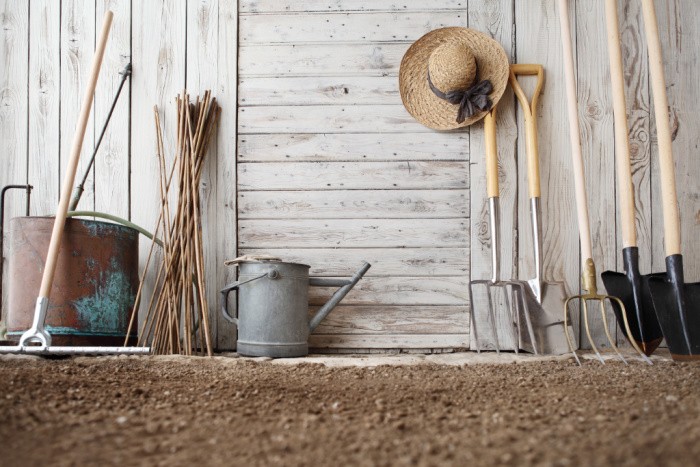

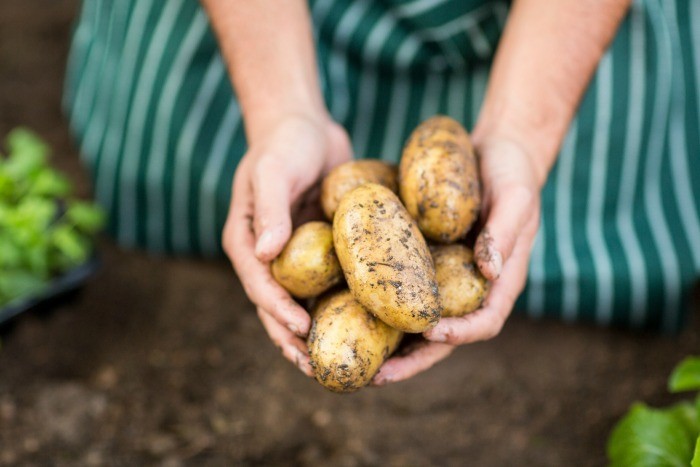
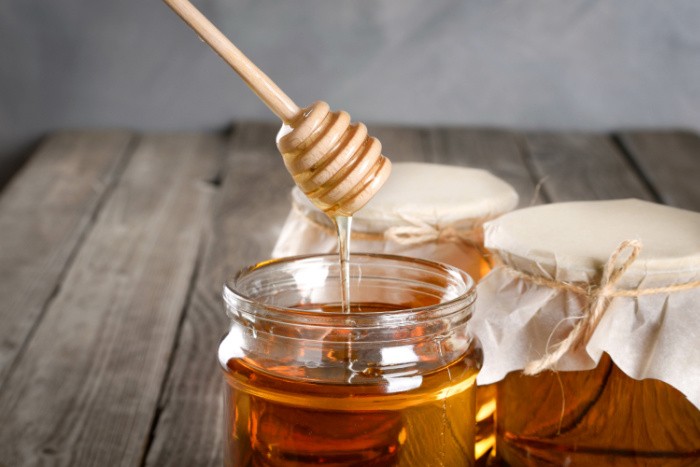










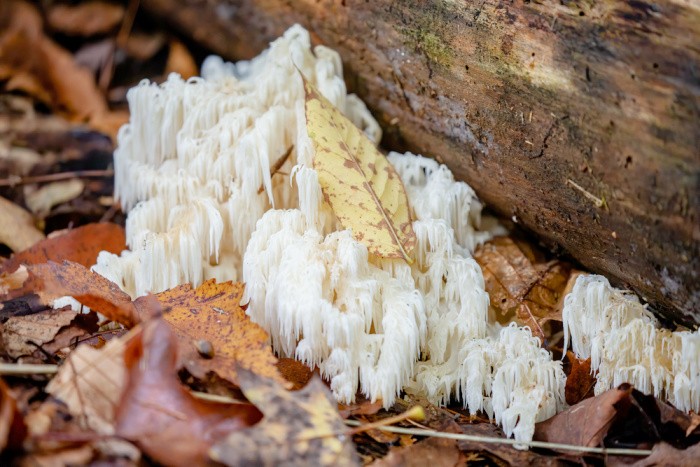



I was out on a walk yesterday evening and my apartment complex has a large number of lavender plants in bloom right now. Those plants were just swarming with bees. Not only are the lavender plants beautiful and have their own benefits but they feed the bees!
Hi Leanne, oh I love lavender plants!! Woohoo! Yay for bees! Linda
Oh – I might also add that there is a wonderful small business that I highly recommend for beeswax candles and block beeswax. She makes all of her candles and she is fast with shipping.
She also makes scented soy wax candles and melts if that is something someone wants.
On Tuesdays and Saturdays on her FB page, she does a live give away. All one needs to do is watch the live show, like, comment and share for 2 entries into the give away. You also have to be watching when she does the drawing. She is in Ohio and does this at her local time of 7pm on Tuesdays and Saturdays. I have won one time in the last 3 months! She always gives away a beeswax candle/wax package, a scented soy wax package and a kids grab bag (boy or girl). If you don’t have children or grandchildren, you do not have to “accept” that part of the drawing!
If anyone is interested, her FB is under Bakers Primitive Candles and you can also find her on-line store if you search. Again, this is a small business and this is a way for her to introduce her products as well as produce sales to keep her and her husband’s business alive. Not that it will do ME any good – but if you or any of your readers participate or purchase from her, mention my name! Who knows, she might even give me a shout out!
Hi Leanne, thanks for sharing the information on Bakers Primitive Candles! I love supporting small businesses! Thank you! Linda
In our Sacramento, CA home garden, a beekeeping friend down the street put two hives on our property. What an increase we experiences in our garden with the most biggest increases in our raspberry and blackberry harvests. We estimated that it was three times as much as we harvested in the previous years! They were so beneficial to the garden. Since our friend was just down the street, it was easy for him to come and tend them. There is a lot of work in beekeeping! I miss those berries every time I see the prices in the stores for them. Linda, I did not know about the bee being the only insect that produces food for humans – actually did not think about it. Yes, local honey is the best.
Hi Carol, I can almost picture those raspberry and blackberry bushes and harvests!! What a great way to help each other! I looked into beekeeping and I knew it would be too much work for me. The prices of everything have gone sky high!! Darn it! Stay safe, stay well, Linda
My husband plants many honeybee-friendly flowers in our thriving garden. We appreciate the hardworking honeybees! Another beneficial superfood from honeybees: bee pollen! (We purchase ours from Health Ranger Mike Adams.) The pollen is dried and granulated and can easily be added to anything you choose. It’s 40% protein and contains amino acids, minerals, B vitamin, and folic acid. One serving has 8 calories and 1 carbohydrate. In my opinion, it tastes nutty and slightly sweet. Best of all: “No honeybees were harmed in the gathering of this pollen!”
Hi Deborah, oh, I love flowers! They bring bees to my yard too! Your husband rocks! I love hearing about your bee pollen! Awesome! Linda